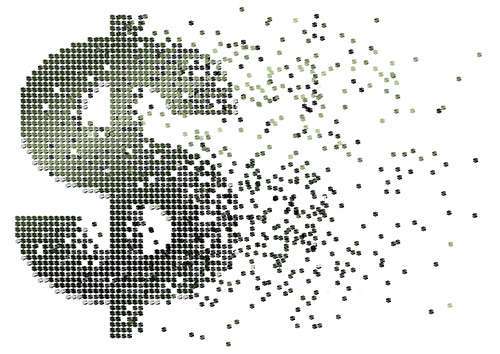-
Managing Your Accounts Payable Cash Flow
Having reliable cash flow is one of the most important aspects of finance for a business to consider when evaluating their solvency. In a delicate balance of payments received, operating expenses, and unexpected expenses, monitoring cash flow and keeping it as steady as possible are both critical considerations. Receivables can be unpredictable and some businesses often feel like they have little influence in how quickly their customers remit. Instead, companies exercise more control of their cash flow by structuring better payment terms with their own vendors.

Track Carried Over Balances
Owing money in the near term is an inevitable piece of running a business. Vendors understand the importance of giving flexible terms to keep relationships positive but making sure you pay within terms and in full is the only real way to manage your business effectively. If AP balances are carried over from month to month, it can be highly detrimental to your cash flow. Late fees start to pile up pretty quickly and having to make larger payments than usual will impact all of your balances. Sudden settlements with vendors need to be avoided as much as possible. Managing this well requires a close watch and a good reporting structure. How do you track your AP cash flow?
Average Payable Period
One of the key early considerations is your Average Payable Period first. Knowing how long it takes on the average to render payment will help you understand where your business is on the whole and where your accounts are with different vendors. You can use this metric with totals or you can check it against individual vendors, GL accounts, inventory items, or other important categorizations you may have. This is a straightforward calculation that divides the payable balance by the average daily purchase for the account(s) in question. This will give you an understanding of the number of days you hold a dollar of credit. Although you’ll always carry a balance, watching this metric is critical to ensuring that your company is paying within terms.
Accounts Payable Aging Schedule
Regular reporting on your accounts payable is another critical feature of good cash management. Use an Accounts Payable Aging Schedule to figure out how much trade credit you’re using and identify if you have overextended yourself in any areas. Look at open balances on each vendor and trace their aging based on the invoice date, which is usually the agreed upon date for payment terms. You can build these manually in Excel but it’s much easier to try and find a report that already fits the bill. Many AP automation software platforms include good reporting on important metrics so you may be able to simplify the process altogether.
Additional Data Means Solving Additional Problems
Keeping track of your open credit is absolutely essential to effective cash management. Work with your AP department to identify the best way to track and report on this information so that you can make purchases and handle your cash flow better. A few additional pieces of data can make all the difference in pinpointing and solving your problems.